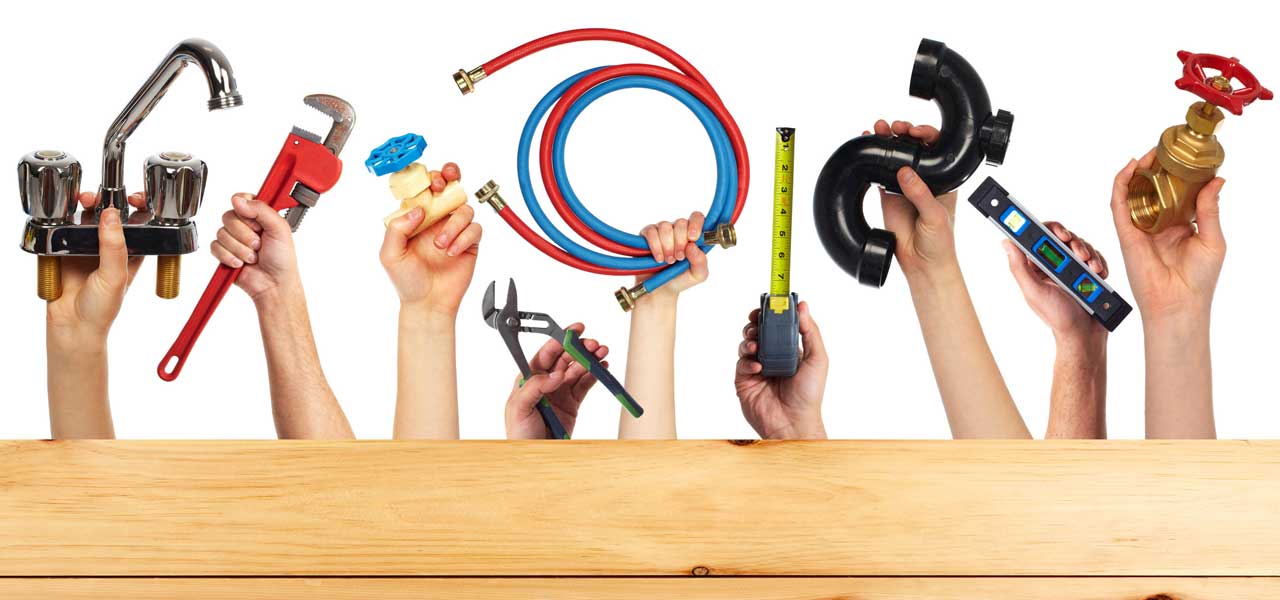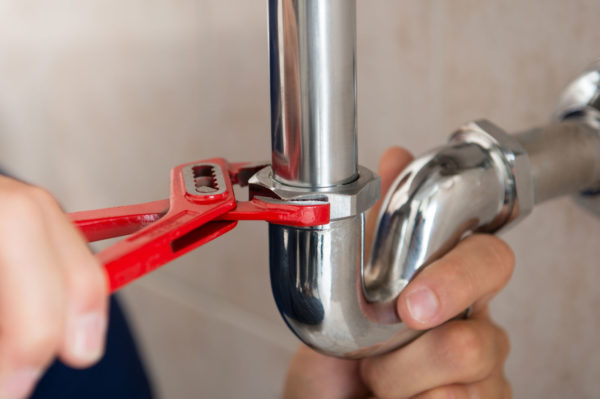Avoidance of Everyday Plumbing Problems in Your Home: A Step-by-Step Guide
Avoidance of Everyday Plumbing Problems in Your Home: A Step-by-Step Guide
Blog Article
Are you currently looking for help concerning How to Deal With and Prevent Common Plumbing Problems?

Intro
Preserving a functional plumbing system is critical for a comfy home. By taking safety nets, you can avoid usual plumbing problems that might disrupt your daily life and sustain expensive repairs.
Routine Maintenance Checks
Consistently checking your plumbing system is essential for recognizing potential concerns before they rise. Inspect pipelines, faucets, commodes, and home appliances for leakages, rust, or indicators of deterioration.
See What You Flush
Be mindful of what you purge down your bathrooms. Stay clear of purging items such as wipes, cotton rounds, sanitary items, and paper towels, as these can create clogs and back-ups in your pipelines.
Appropriate Disposal of Grease and Food Waste
Dispose of oil, oils, and food scraps properly to avoid buildup in your pipes. Stay clear of pouring grease away, as it can strengthen and cause obstructions. Make use of a strainer in your kitchen area sink to capture food particles and empty it on a regular basis.
Display Water Stress
Keep an eye on your water pressure to stop stress on your pipes and home appliances. High water stress can cause leakages and damages over time. Think about setting up a stress regulatory authority to maintain optimal water pressure throughout your home.
Safeguard Pipes from Freezing
Throughout winter, take actions to stop your pipelines from freezing. Insulate revealed pipelines, specifically those in unheated locations like basements and attic rooms. Enable faucets to trickle throughout freezing temperatures to avoid water from freezing in the pipelines.
Address Leakages Without Delay
Attend to any leaks or leaks as soon as you observe them. Even small leakages can waste water and cause damage to your home gradually. Tighten up loosened installations or change damaged seals to stop leakages from getting worse.
Be Mild with Plumbing Components
Stay clear of making use of too much pressure when running plumbing fixtures such as taps and shutoffs. Misuse can trigger damage, bring about leakages and other malfunctions.
Regular Drainpipe Cleansing
Arrange regular drain cleansing to stop build-up of hair, soap residue, and other particles. Make use of a drainpipe serpent or chemical cleaner to eliminate clogs and keep smooth water drainage.
Set Up Water Softeners
Take into consideration installing a water conditioner if you have difficult water. Hard water can create mineral build-up in your pipes and appliances, bring about decreased water flow and performance.
Inform Home Members
Educate every person in your family about correct plumbing methods. Educate them what must and shouldn't be purged or taken care of away to prevent preventable plumbing issues.
Conclusion
Avoiding common plumbing problems in your home needs diligence and routine maintenance. By following these safety nets, you can make certain that your plumbing system runs efficiently and avoid expensive repair work in the future.
Expert Tips for Preventing Common Plumbing Issues
Keep Drains Clear and Functional
Regularly clean drain covers and hair-catching devices to eliminate debris and prevent buildup. Avoid disposing of grease, oil, or coffee grounds down your drains, as they can congeal and accumulate over time, creating obstructions. Consider using a biodegradable drain cleaner periodically to break down organic matter and maintain clear pipes. Prevent and Identify Leaks Early
Regularly inspect visible plumbing connections, pipes, and fixtures for signs of moisture or corrosion. Fix loose connections or replace damaged components as needed. Install water leak sensors in high-risk areas such as under sinks, near water heaters, and around washing machines to provide early warning of potential leaks. Monitor your water bill for sudden increases in usage, which may indicate a hidden water leak. Protect Plumbing from Freezing Temperatures
Allow faucets to drip slightly during extremely cold weather to prevent freezing and pressure buildup inside the pipes. Seal gaps and openings in walls, doors, and windows near plumbing to prevent drafts from reaching your pipes. Maintain Optimal Water Heater Performance
Schedule annual professional maintenance of your water heater, including checking pressure-relief valves, flushing sediment buildup, and inspecting for corrosion or leaks. Maintain the manufacturer-recommended temperature setting, typically around 120°F (49°C), to optimize energy efficiency and prevent scalding. Consider installing an expansion tank in your system if you have a closed-loop water supply, which prevents excessive pressure buildup and potential water heater failure. https://www.climatecontrolkc.com/blog/plumbing/tips-for-preventing-plumbing-issues/

We were shown that editorial about Common Plumbing Problems and How to Prevent Them from a good friend on a different web property. Enjoyed reading our post? Please quickly share it. Help other people find it. Thanks for being here. Please check our site back soon.
Get An Estimate Report this page